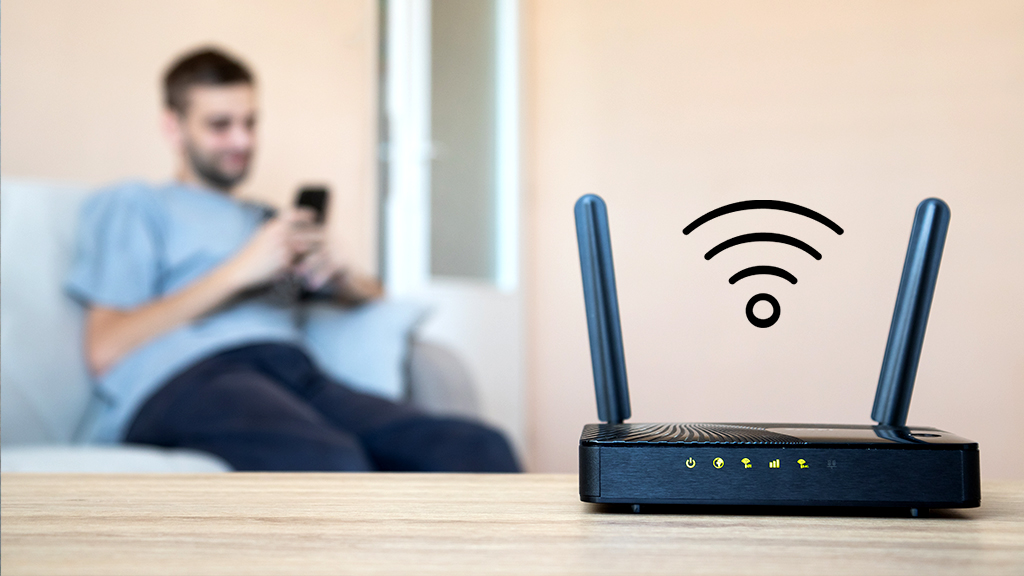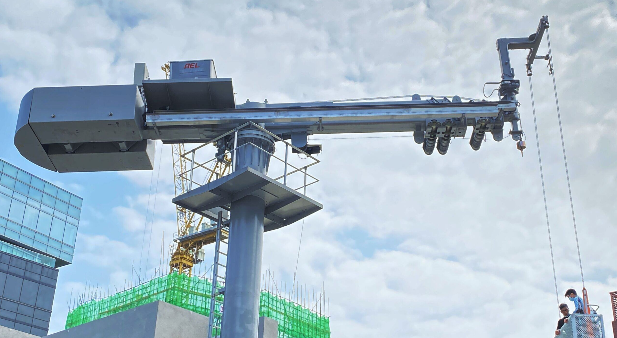A fast, reliable home internet connection is no longer a luxury—it’s a necessity. Whether you’re working remotely, attending online classes, managing a smart home, or streaming your favorite shows in 4K, the quality of your home internet can make or break your digital experience.
This guide will walk you through the essentials of home internet: what it is, how it works, which type you should get, and how to optimize your setup for speed and coverage. Let’s get started.
Understanding Home Internet and Why It Matters
Home internet refers to the connection that allows residential users to access the web through devices like laptops, tablets, smartphones, smart TVs, and more. A strong home internet connection powers nearly every aspect of modern living—from work and school to entertainment and automation.
When your internet is fast and stable, you can join video meetings without glitches, download large files quickly, play online games without lag, and control smart devices effortlessly. On the flip side, a weak connection can lead to dropped calls, buffering videos, and endless frustration.
Types of Home Internet Connections
Several types of internet services are available for residential use. Knowing the differences can help you choose the right one for your home setup.
Fibre Broadband: Fibre-optic technology uses light pulses to transfer data, offering high-speed and low-latency connections. Fibre cables can handle large volumes of data and aren’t affected by electromagnetic interference or signal crosstalk, making them ideal for heavy usage households.
Cable and DSL: These older technologies use coaxial or telephone lines. While they may still offer decent speeds, they often struggle with bandwidth during peak hours and aren’t as future-ready as fibre connections.
Mobile Broadband and 5G: Mobile data plans and 5G routers are useful for homes without fibre infrastructure. However, performance can vary depending on location, signal strength, and network congestion.
Satellite Internet: Typically used in remote areas where other services aren’t available. While accessible, satellite connections tend to have high latency and data caps, which are not ideal for streaming or gaming.
Why Fibre Broadband is the Best Choice for Modern Homes
Fibre broadband is the gold standard for home internet in urban areas like Singapore. It transmits data using light through optical fibres, which allows for virtually unlimited bandwidth.
Unlike traditional copper-based systems, fibre doesn’t suffer from signal degradation over distance. It also resists electromagnetic interference, meaning fewer interruptions and more consistent speeds.
Fibre is perfectly suited for 4K streaming, multiplayer gaming, teleconferencing, and connecting multiple smart devices simultaneously. If you want a long-term solution that can handle evolving digital demands, fibre is the best choice for your home internet.
How to Get Fibre Broadband for Your Home
Singapore’s fibre infrastructure is managed by NetLink Trust, the company responsible for designing, building, and operating the passive fibre network of the Next Generation Nationwide Broadband Network (Next Gen NBN).
Here’s how it works:
- NetLink Trust provides the open-access infrastructure.
- Telecom operators (like Singtel, StarHub, M1, etc.) lease access to offer broadband services to consumers.
- You choose a broadband plan from one of these telcos based on your needs.
Before signing up, you can use a coverage check portal to see if your home is already connected to the fibre network. If not, the telco will coordinate the installation process for you.
The Standard Home Internet Installation Process
Installing fibre broadband at home typically involves the use of unplasticised polyvinyl chloride (uPVC) surface trunking. This trunking conceals the fibre cables and can be routed either along the floor skirting or near the ceiling (cornice), depending on your aesthetic preferences and layout.
The technician will:
- Assess the layout of your home.
- Install fibre termination points at appropriate spots.
- Configure the optical network terminal (ONT) and router.
- Test the line for signal quality and connectivity.
The process is generally non-invasive and completed in a few hours, provided your address already has underlying fibre infrastructure.
Maximizing Home Internet Performance
Even with high-speed fibre broadband, your home internet experience can suffer if your internal setup isn’t optimized. A weak WiFi signal can turn a gigabit plan into a frustrating crawl.
Here are some practical tips:
Use a WiFi Mesh System: Instead of relying on a single router, mesh systems deploy multiple nodes throughout your home. This setup ensures seamless coverage, especially in larger or multi-storey houses.
Optimal Router Placement: Place your router or mesh nodes in a central, elevated position. Avoid corners, hidden shelves, or behind thick walls. Keep it away from mirrors, glass, and large metallic objects that can block or reflect signals.
Minimize Interference: Devices like cordless phones, microwave ovens, baby monitors, and older Bluetooth gadgets can interfere with your WiFi. Try placing your router away from such equipment and consider switching to 5GHz WiFi bands when possible.
These small adjustments can dramatically improve your home internet speed and stability.
Future of Home Internet
As more smart devices, augmented reality tools, and ultra-HD content flood homes, the demand for better home internet will only grow.
Emerging trends include:
- Wider adoption of 5G as backup or hybrid home solutions.
- Smarter routers with AI-based traffic management.
- Greater emphasis on cybersecurity as more connected devices enter households.
Investing in a high-quality fibre broadband setup today ensures you’re future-proofed for tomorrow’s innovations.
Takeaway
A strong home internet connection is the foundation of a productive, connected, and enjoyable digital life. Whether you’re managing a smart home, running a business from your living room, or binge-watching your favorite shows, your internet connection needs to be up to the task.
Start by choosing the right fibre broadband plan, follow best practices for installation, and optimize your home WiFi setup. With the right tools and setup, you’ll enjoy seamless connectivity that supports everything your modern lifestyle demands.











